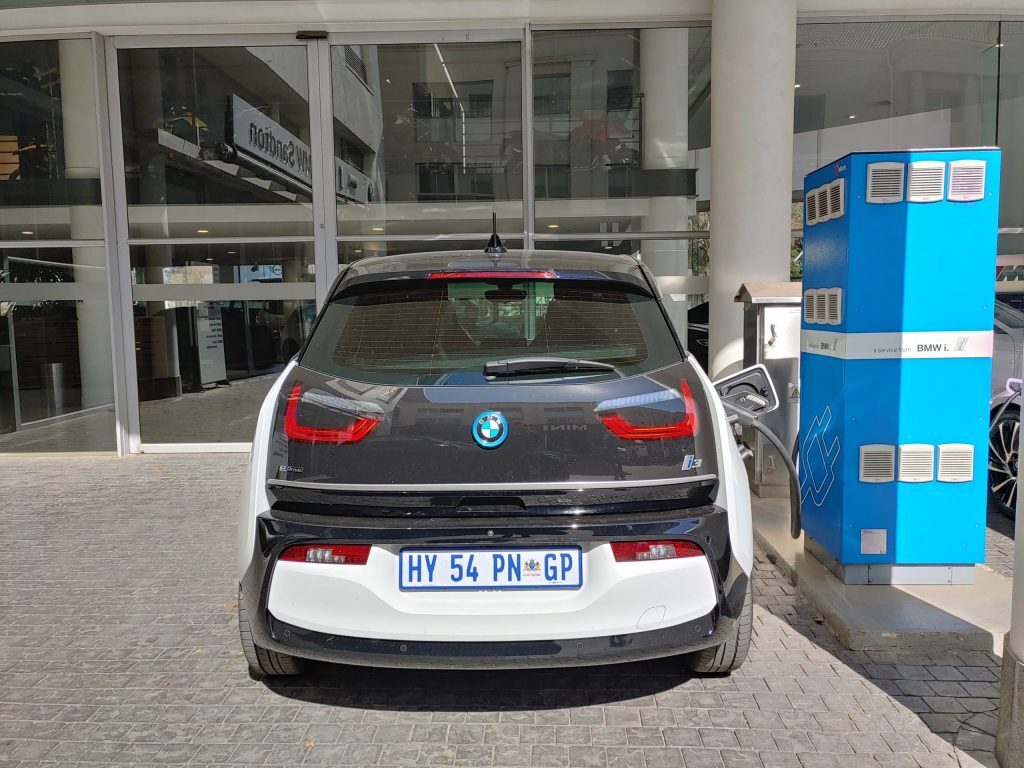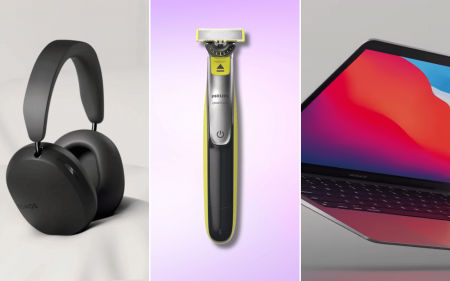Stuff recently spent time with the second-gen BMW i3 and we were so fond of it that we started questioning the viability of electric vehicles in South Africa. Do you really want to replace your gas-guzzler? Is it worth it if our state-owned power utility can barely keep its own lights on? Buying an electric vehicle is an expensive exercise locally. Is it worth your hard-earned cash to ‘go green’?
Electric vehicles are fun, nippy and easy to use as a run-around for daily commutes, but they are pretty expensive and still have short ranges. At least, the ones we can get here do. Obviously, this will improve in the future, but we’re talking about right now. Let’s see if it’s a good prospect for fellow ‘green’ South Africans to look into electric cars.
Electric cars stats in South Africa, March 2019
* SA had 867 registered electric vehicles
* 390 of these vehicles were registered in Gauteng
* 252 of these were registered in the Western Cape#FunFact #TransformationTuesday pic.twitter.com/VWxuhBBe8Q— supertyresza (@supertyresza) May 14, 2019
Where and how do I charge it?
Depending on where you live, this should be the least of your worries. Unlike a combustion engine, an electric vehicle should be topped-up daily. It’s more akin to a mobile phone or an iPad than a car that you drive until the last drop of petrol evaporates.
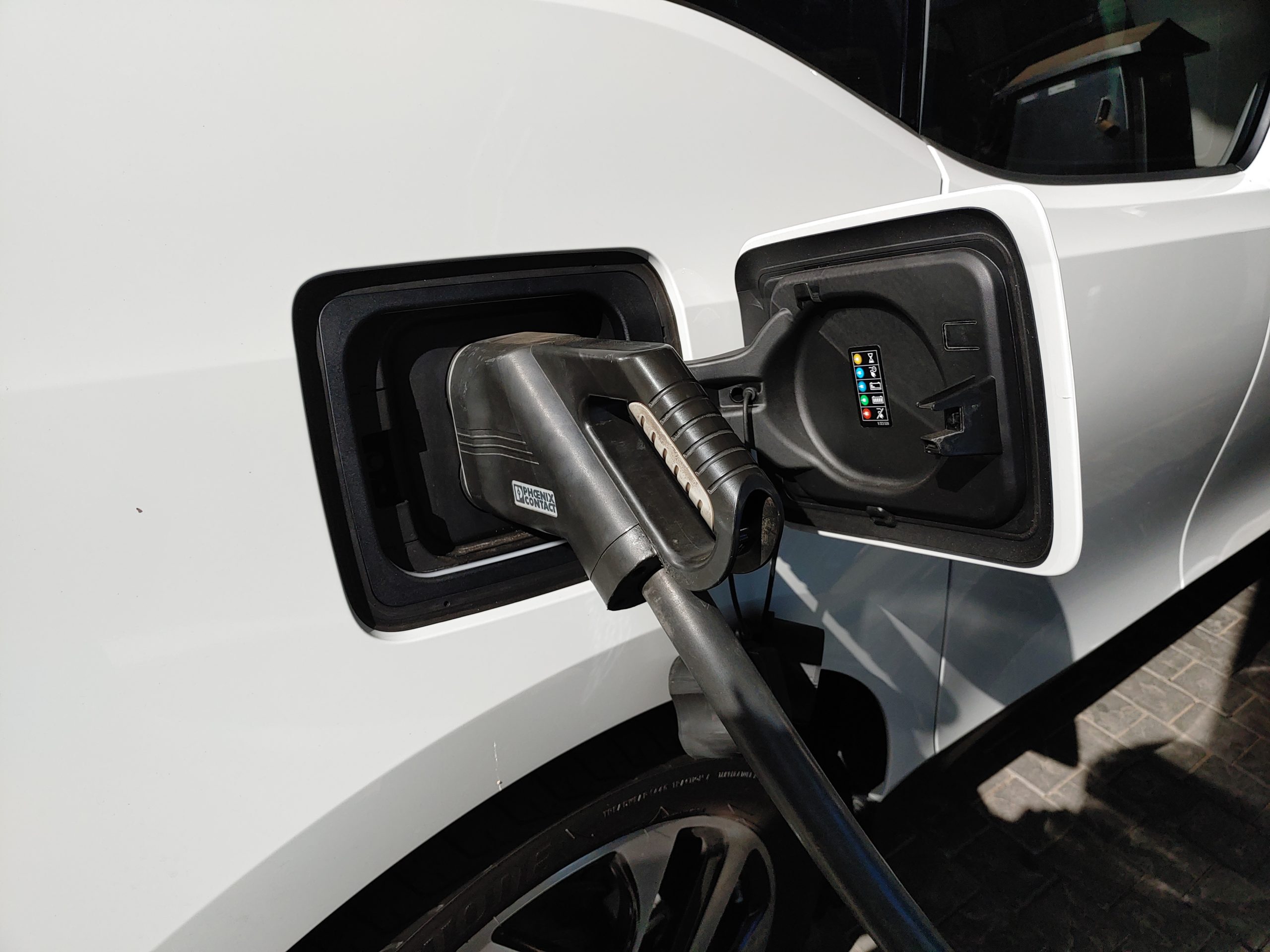 Car dealerships (especially the brands who actually bring EVs to South Africa) tend to have fast-charging stations installed at many of their dealerships already. This means that if you can find an EV, you’ll be able to charge it. However, the cities those dealerships are located in… that’s not an especially long list. You won’t have many options if you reside some place like Kathu or Jan Kempdorp.
Car dealerships (especially the brands who actually bring EVs to South Africa) tend to have fast-charging stations installed at many of their dealerships already. This means that if you can find an EV, you’ll be able to charge it. However, the cities those dealerships are located in… that’s not an especially long list. You won’t have many options if you reside some place like Kathu or Jan Kempdorp.
But then, you can have a fast-charger installed at your home through a company called GridCars. These stations will allow you to ‘fill-up’ most electric vehicles from under an hour to about three hours, depending on car battery sizes. That solves one issue — where to charge without having to drive to a dealership daily.
BMW, for example, currently has 57 ChargeNow charging stations across South Africa, with 30 more planned by the end of 2019. Six of these are shared with Nissan for their Nissan Leaf models (that were the first to enter the South African market). These ChargeNow stations can be accessed using a ChargeNow card at no cost to owners of the i-range.
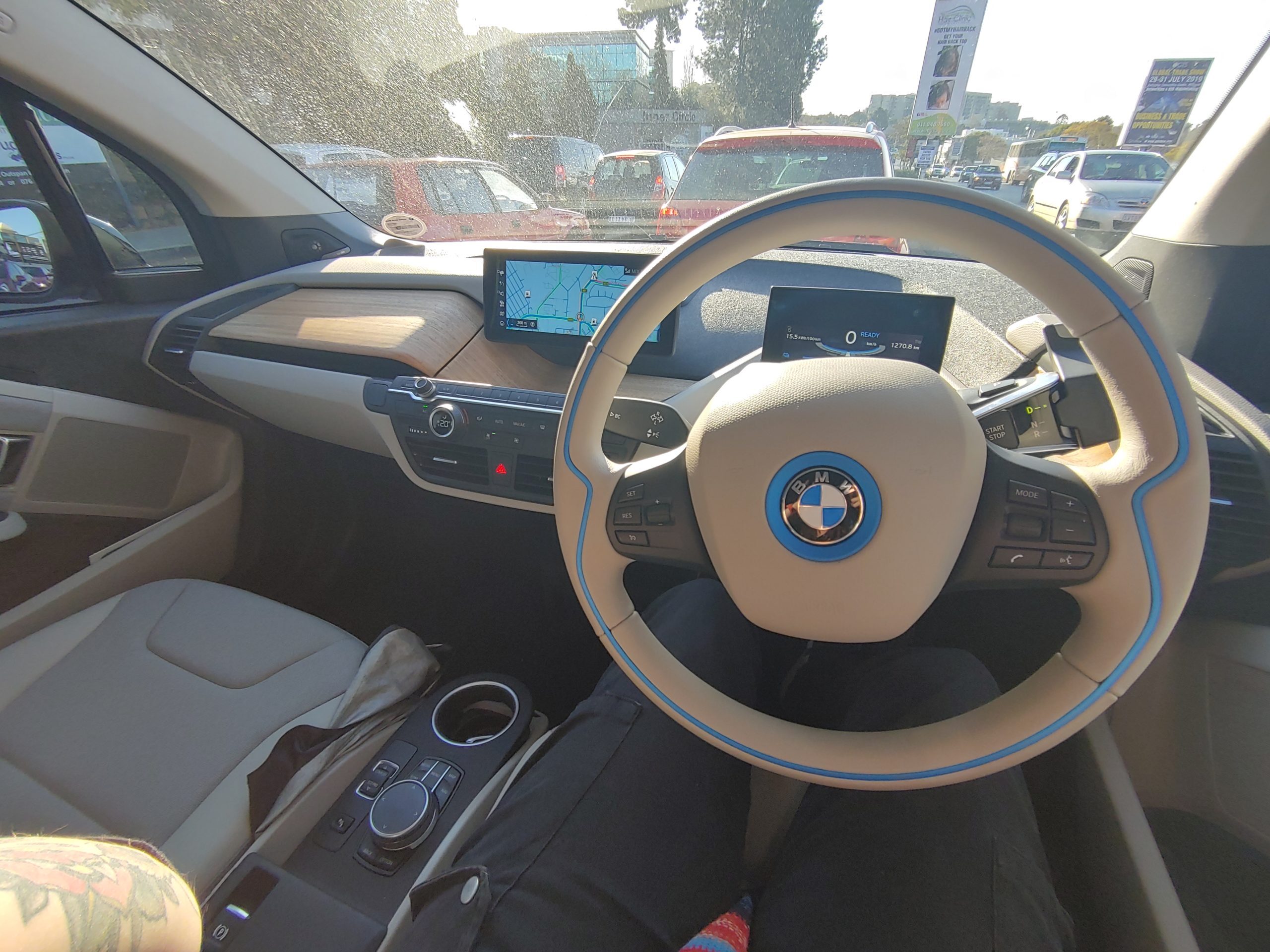 Jaguar recently installed over 82 charging stations across the country before the local launch of its Jaguar I-Pace EV. Most of these are positioned along holiday-routes like the N1, N3 and N2. That makes Jag’s I-Pace an attractive proposition, if you disregard the price tag. It also helps that Jag’s Powerway network supports other EV models.
Jaguar recently installed over 82 charging stations across the country before the local launch of its Jaguar I-Pace EV. Most of these are positioned along holiday-routes like the N1, N3 and N2. That makes Jag’s I-Pace an attractive proposition, if you disregard the price tag. It also helps that Jag’s Powerway network supports other EV models.
Would you really save money from not using petrol?
This is probably where many decide against owning an EV: The sky-high price of the vehicle itself.
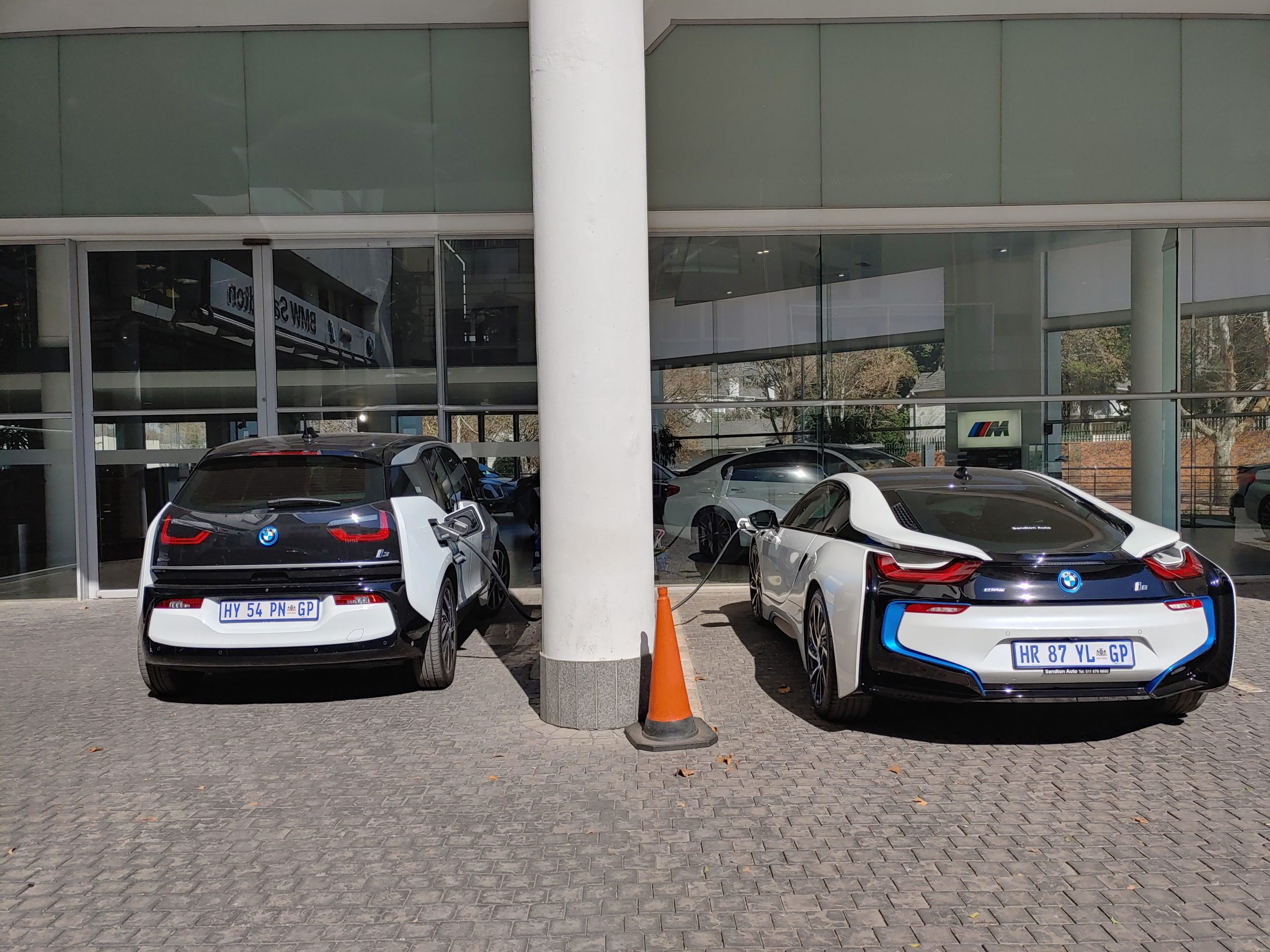 South Africans have a total of four EVs to choose from, and high import taxes just adds petrol to the burn. EVs are near unaffordable for most of the South African population. The cheapest of the bunch, the Nissan Leaf, currently retails for just over R500,000. The BMW i3 is next starting at R660,000, and the Jaguar I-Pace is priced at an eye-watering R1,7 million. Not to mention the BMW i8, which starts out at just over R2 million (but is a hybrdid, not a pure EV).
South Africans have a total of four EVs to choose from, and high import taxes just adds petrol to the burn. EVs are near unaffordable for most of the South African population. The cheapest of the bunch, the Nissan Leaf, currently retails for just over R500,000. The BMW i3 is next starting at R660,000, and the Jaguar I-Pace is priced at an eye-watering R1,7 million. Not to mention the BMW i8, which starts out at just over R2 million (but is a hybrdid, not a pure EV).
One of the major culprits for these prices is the import tax and duties South Africa charges on EVs specifically. Currently, import tariffs on these vehicles are 25% but could come down as low as 18%. If, that is, manufacturers manage to put enough pressure on government. BMW has been lobbying to get it down to 0%, something many other countries are doing to encourage the use of more eco-friendly cars.
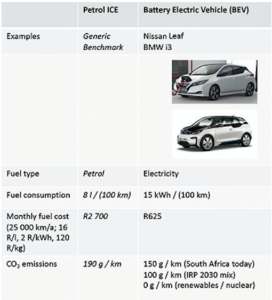
But when it comes to consumption and maintenance, it’s essentially a no-brainer. Working on a benchmark of R2,700 a month for fuel in a combustion engine (if you travel a base of 25,000km per year), an EV like the i3 will cost you a mere R625 a month, based on current electricity rates. If you’re going BMW specifically, you should also consider that the i-range can be charged at no cost at the BMW ChargeNow stations as part of the ownership package.
So, let’s put it this way: if you have the financial capacity to comfortably lob out anything between R500k and R2 million, an EV is a very cool choice. As long as you’re in a location that actually has enough charging stations. Then those annoying petrol-price increases won’t affect you anymore. And for the rest of us? Cheaper options will likely start entering the country soon. Improved charging infrastructure also helps, and installations of that is ongoing.
How often do you replace the battery, if at all?
This is a question we get asked quite regularly — if you’ve ever owned a deep-cycle battery, you’ll know those buggers need replacing pretty frequently. So how often do you need to replace your EV’s battery?
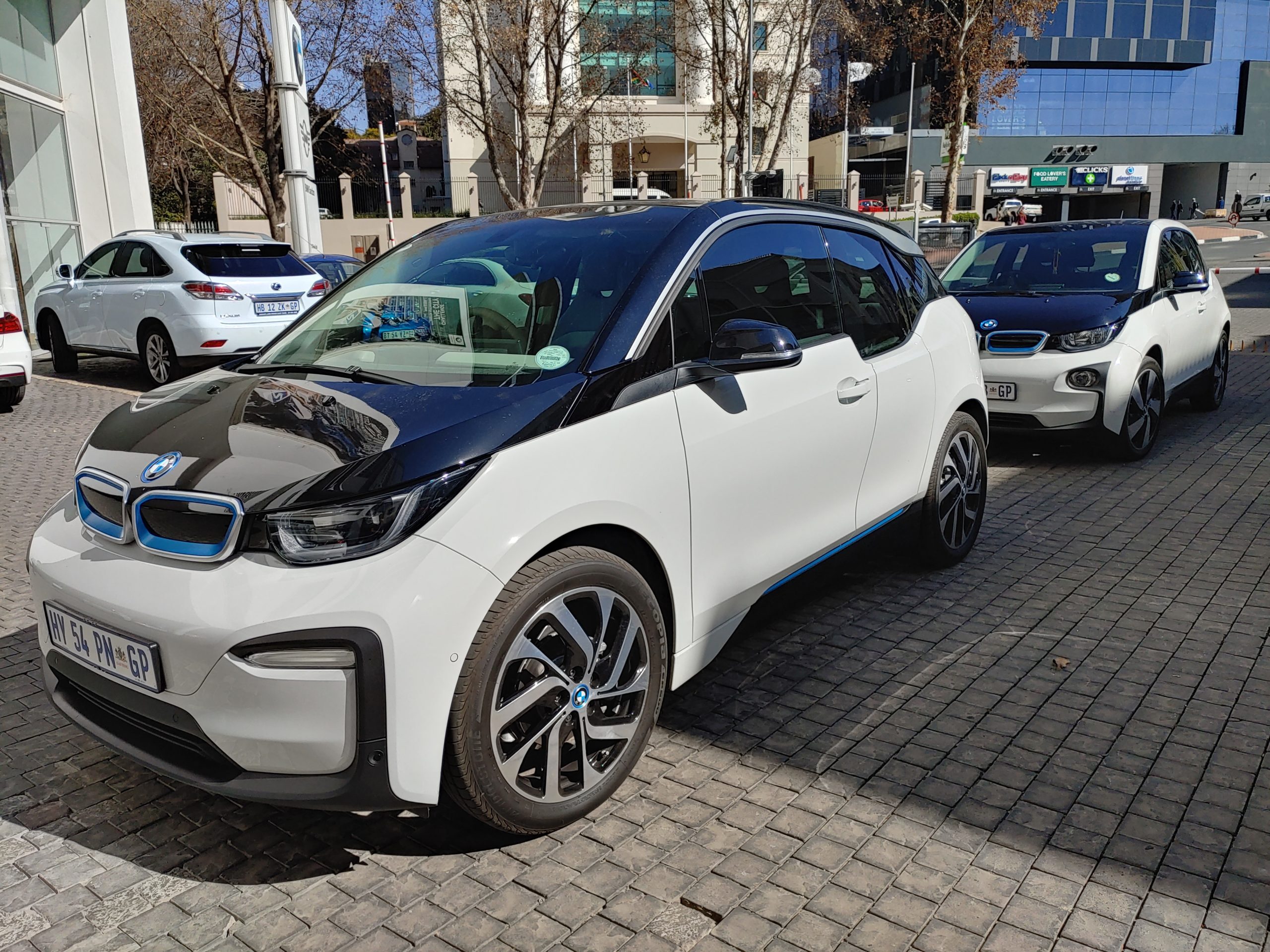 Not at all. Or not in the car’s lifetime, according to studies. The Nissan Leaf came out in 2011/2012, so they are about seven to eight years old now. Many of them are still showing great battery health. There are early Nissan Leafs operating in England with over 240,000km on the clock. And their batteries are still fully intact and most have never been replaced.
Not at all. Or not in the car’s lifetime, according to studies. The Nissan Leaf came out in 2011/2012, so they are about seven to eight years old now. Many of them are still showing great battery health. There are early Nissan Leafs operating in England with over 240,000km on the clock. And their batteries are still fully intact and most have never been replaced.
And this is based on old battery technology. Every new generation of EV brings with it new and improved battery packs, which essentially means that you’re unlikely to ever replace an EVs battery.
Even in the unlikely event of a Nissan Leaf retiring, the batteries can be reused. Nissan Energy uses tech that allows unused power stored in the batteries to be routed back into the grid. This means you can pair reused Leaf batteries with solar panels to power up appliances, or anything really. Suck it, Eskom. Speaking of which…
What about an Eskom power failure?
The second most-asked question — what happens when we’re hit by a bout of unscheduled load shedding? First, you’ll likely have to make sure your car is fully charged anyway. But in the case that you forgot, apparently, Eskom is promoting EVs in the South African ecosystem. Who would’ve thought?
 According to TechCentral, Eskom said it is “excited” about the progress of EV technology and added that consumers “need not worry” about its ability to supply the necessary electricity. It said that even a massive growth in EVs locally will not have a “major impact on overall demand during any normal day”.
According to TechCentral, Eskom said it is “excited” about the progress of EV technology and added that consumers “need not worry” about its ability to supply the necessary electricity. It said that even a massive growth in EVs locally will not have a “major impact on overall demand during any normal day”.
It is slightly unsettling that the state-owned power utility would motivate people in South Africa to acquire vehicles that may be rendered useless when we’re hit by a massive blackout. But if you’re treating your EV like a phone rather than a car, you’re constantly topping it up anyway. Unless we’re looking at several days of consistent blackouts, Eskom’s load-shedding shouldn’t be a problem.
Of course, it’s a little perverse that your ‘green’ EV will need to draw its power from a company that’s mostly reliant on burning coal for electricity generation, which means you’re still burning fossil fuels… just a little less directly. And hey, at least it’s costing you less, right?
Our verdict?
EVs are being pushed by both car manufacturers and policymakers worldwide, and the reasoning behind it is… well-intentioned. If you’re overseas, an EV is rapidly looking like a no-brainer. Here at home, though… we’re not convinced that South Africa is ready yet. Infrastructure needs to expand rapidly and widely, as South Africans love a good road trip. That has to occur in order to make short-range EVs attractive to the general public. With the current distribution of charging stations and general affordability concerns taken into account, short-range EVs won’t be especially popular for the average Saffa for a while yet.
On the other hand, if you have the capital and need for a fun city run-around — and you happen to live in the sort of city that’ll let you play — definitely look into an EV. They are incredibly fun to drive and will likely impress all your golfing buddies. And not just because you’ll feel like you’re riding around in a very turbocharged golf-cart half the time.

